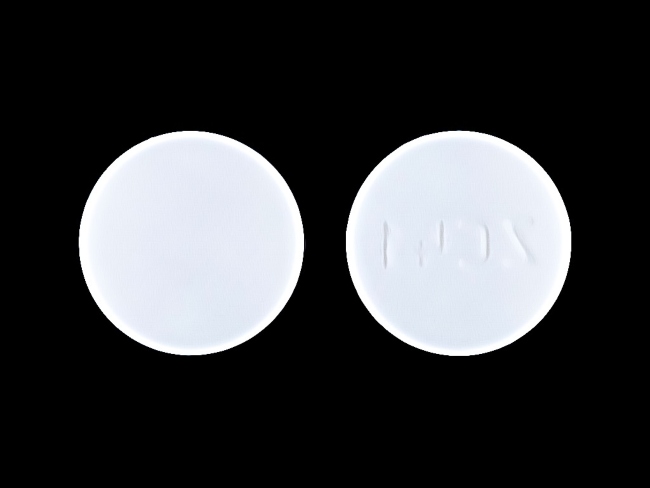Carvedilol is a multifaceted medication that has earned a well-deserved spot in the medical community’s list of essential drugs. As we venture into a comprehensive analysis of carvedilol’s drug class, let’s unpack its unique characteristics, understand its mode of action, and highlight the pivotal numerical data that makes it indispensable in therapeutic protocols.
Introduction to Carvedilol
Carvedilol is primarily recognized as a non-selective beta-blocker. In the pharmacological context, a beta-blocker impedes the action of certain neurotransmitters, particularly epinephrine (adrenaline), thereby reducing the heart’s workload. However, carvedilol boasts dual properties: it’s also an alpha-1 blocker, meaning it blocks specific receptors responsible for blood vessel contraction.
Therapeutic Implications and Usage
- Hypertension: One of the most common cardiovascular diseases worldwide, hypertension, also known as high blood pressure, affects an estimated 1.13 billion people globally. Carvedilol aids in relaxing blood vessels and reducing heart rate, making it an excellent candidate for hypertension management.
- Heart Failure: Heart failure incidence in the United States alone stands at around 6.2 million cases between 2013 and 2016. Carvedilol’s dual action proves beneficial in lowering mortality rates and hospital admissions when used in heart failure treatment protocols.
Mechanism of Action
The unique mechanism of carvedilol lies in its ability to block both beta and alpha receptors. Specifically:
- Beta receptors: By blocking beta-1 and beta-2 receptors, it diminishes the heart rate and myocardial contractility. This reduction alleviates the heart’s oxygen demand, thus proving therapeutic in conditions like angina and post-myocardial infarction scenarios.
- Alpha-1 receptors: When alpha-1 receptors are blocked, the consequential vasodilation (blood vessel relaxation) promotes reduced peripheral vascular resistance. This action is particularly beneficial for patients with hypertension.
Pharmacokinetics
On oral administration, carvedilol showcases a bioavailability range between 25% to 35%. It undergoes significant first-pass metabolism, leading to its active metabolite, 4’-hydroxyphenyl carvedilol. Approximately 98% of carvedilol binds to plasma proteins, particularly albumin. The drug’s elimination half-life is around 7 to 10 hours, allowing for twice-daily dosing in most therapeutic regimens.
Potential Side Effects
Like all pharmacological agents, carvedilol isn’t devoid of side effects. Some of the commonly reported ones include:
- Dizziness or lightheadedness
- Fatigue
- Diarrhea or nausea
- Weight gain or fluid retention
- Bradycardia (slow heart rate)
It’s crucial for physicians to monitor patients closely, ensuring the therapeutic benefits outweigh potential risks.
Contraindications and Interactions
Carvedilol is contraindicated in patients with severe liver impairment, bronchial asthma, or certain heart conditions like heart block (unless they have a pacemaker). It’s also paramount to be cautious when co-administering carvedilol with drugs like verapamil, diltiazem, or other heart rate-lowering medications.
Future Outlook
Carvedilol, with its dual antagonistic properties, has solidified its position in the armamentarium of cardiovascular therapeutics. As we advance in the realm of personalized medicine, it will be intriguing to witness how carvedilol’s therapeutic applications might expand or become more tailored to individual patient needs.
For readers seeking a more exhaustive and academic delve into carvedilol, consider consulting the U.S. National Library of Medicine. This esteemed resource offers a plethora of peer-reviewed articles, clinical trials, and research updates on carvedilol and countless other pharmacological agents.

Dosage and Administration
Administering the correct dosage of carvedilol is crucial to ensuring its efficacy and minimizing side effects. For most adults initiating treatment for hypertension, the recommended starting dose is 6.25 mg twice daily. Depending on the patient’s response and tolerability, the dosage can be gradually increased over intervals of 7-14 days, with the usual maintenance dose ranging between 12.5 to 25 mg twice daily.
For patients with heart failure, the initiation dose is generally lower, starting at 3.125 mg twice daily and gradually titrated up under careful medical supervision. The maximum recommended dose for heart failure patients is 25 mg twice daily for individuals weighing under 85 kg and 50 mg twice daily for those weighing more.
Special Populations and Considerations
- Geriatric Patients: Older individuals might be more sensitive to the blood pressure-lowering effects of carvedilol. Close monitoring is advised during dosage titration.
- Pediatric Use: The safety and efficacy of carvedilol in pediatric populations have not been firmly established. Therefore, it should be used with caution and under strict medical supervision.
- Renal Impairment: No significant dosage adjustments are usually needed for patients with renal dysfunction. However, regular monitoring is advised, given the potential for altered drug kinetics.
- Hepatic Impairment: Carvedilol is metabolized in the liver. For patients with severe liver dysfunction, the use of carvedilol is contraindicated.
Patient Counseling Information
Patients prescribed carvedilol should be informed about the potential side effects and be advised to report any unusual symptoms to their healthcare provider promptly. They should be educated on the importance of regular monitoring, the need to avoid abrupt discontinuation (as it can exacerbate coronary insufficiency), and the importance of adhering to prescribed dosages.
Furthermore, patients should be counseled about potential drug and food interactions. Combining carvedilol with alcohol, for example, might intensify its blood pressure-lowering effects.
Conclusion
Carvedilol, with its dual mechanism of action, continues to be a cornerstone in cardiovascular pharmacotherapy. By understanding its intricacies, from its pharmacokinetics to patient-specific considerations, healthcare providers can maximize its therapeutic benefits and ensure patient safety. As medicine continues to advance, and with increasing research endeavors, the potential for novel applications or refined guidelines for carvedilol remains promising.
In navigating the vast expanse of drug knowledge, resources like the U.S. National Library of Medicine are invaluable, offering evidence-based insights to enhance our understanding and application of vital medications like carvedilol.

